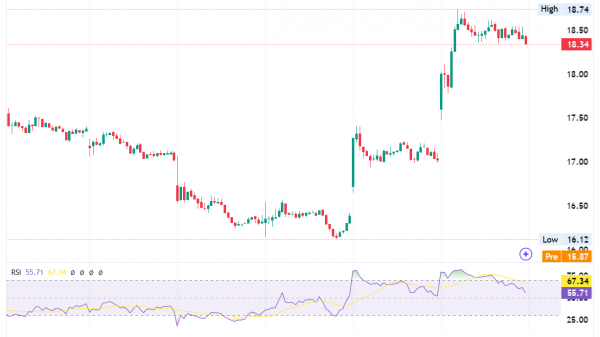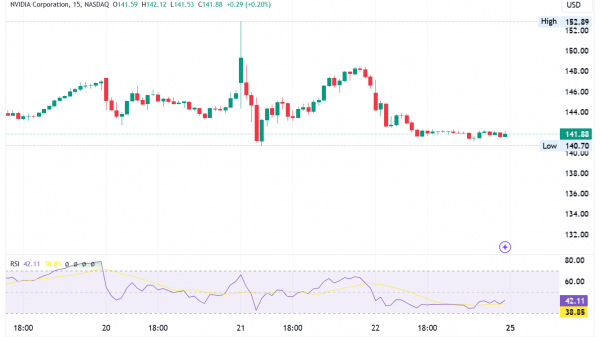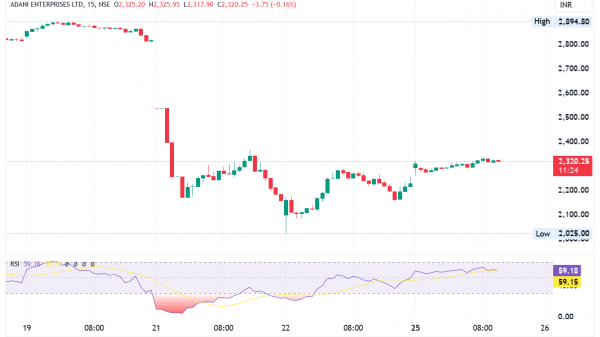Forex Correlation Cheat Sheet – All You Have To Know
Forex trading can be complicated when dealing with different currency pairs. Understanding forex correlations can greatly enhance your trading strategy by helping you manage risks and take advantage of market movements. So here is a useful forex correlation cheat sheet for all beginner traders out there.
This guide provides a simple overview of forex correlations, including examples and practical tips on how to use them effectively. Forex trading can be complex when dealing with various currency pairs.
Understanding forex correlations can improve your trading strategy by managing risks and capitalizing on market movements.
This guide offers a basic explanation of forex correlations, with examples and tips on how to use them effectively..
Understanding Currency Pairs Correlations
Forex currency correlation pairs are currency trades that show a predictable relationship in their price movements.
They can be positively or negatively correlated. This concept works by analyzing the relationship between different currency pairs. Here’s a breakdown of how this concept works
In the forex market, a currency pair involves trading one currency against another. The first currency listed (the base currency) is the one being bought, while the second currency (the quote currency) is being sold. For example, in the GBP/USD pair, you are buying British Pounds and selling US Dollars.
Forex correlations or currency pair correlations is a way for traders to identify whether one currency pair/ forex pair will move similarly to another currency pair.
A positive correlation is represented by two currency pairs going up at the same time or down at the same time.
However, if one currency pair moves opposite to the other i.e. one goes up and the other goes down this is known as a negative correlation.
Currency correlations are important to monitor and understand not only when analyzing price but also when analyzing any other commodity, stocks or instrument. In this article, we will look at how forex currency correlations are determined, how to calculate it yourself using excel and how it affects trades.
What do correlated forex pairs mean?
Currency pairs are correlated when they move dependent on each other. This can happen when the currencies in each pair are the same or include the same economies.
For example, EUR/USD and GBP/USD both contain USD as a common factor. On top of this the Eurozone and Great Britain are closely tied economies trading together. These factors are a core reason of a correlated forex pair.
Types of Forex Correlations
Positively Correlated Forex Pairs: When two currency pairs move in the same direction, they are positively correlated. For example, EUR/USD and GBP/USD are highly correlated because similar economic factors often influence them.
Negatively Correlated Forex Pairs: These pairs move in opposite directions. A classic example is USD/JPY and EUR/USD. When the dollar strengthens against the yen, it often weakens against the euro.
The strength of these correlations is measured using a correlation coefficient, which ranges from -1 to 1. A coefficient close to 1 indicates a strong positive correlation, while a coefficient close to -1 indicates a strong negative correlation.
Positive Correlation
When two currency pairs move in the same direction, they are said to be positively correlated. This typically occurs when the pairs share a common currency. For instance, GBP/USD and EUR/USD both involve the US Dollar as quote currency.
Due to the interconnected economies of Europe and the UK, economic events that affect the USD often cause GBP/USD and EUR/USD to move in a similar direction. Traders can use this information to predict movements in one pair based on changes in the other.
Negative Correlation
Conversely, currency pairs that typically move in opposite directions are negatively correlated. A prime example is EUR/USD and USD/CHF. In this case, the US Dollar is the base currency in USD/CHF and the quote currency in EUR/USD.
If the USD strengthens, it will likely cause EUR/USD to drop (since the USD is the counter currency) and USD/CHF to rise (since the USD is the base currency).
Traders often use negatively correlated pairs for hedging strategies, where they open opposing positions on the two pairs to offset potential losses.
The Correlation Coefficient
The degree to which pairs are correlated is measured by the correlation coefficient, ranging from -1 to 1. A coefficient of 1 indicates that the pairs move in the same direction 100% of the time, while -1 indicates they move in completely opposite directions. A coefficient close to 0 means the movements between the pairs have no reliable correlation.
Forex Correlation Tables
Many traders utilize forex correlation tables or matrices to quickly view and assess the relationships between various currency pairs.
These tables display correlation coefficients and help traders make informed decisions based on the expected movements of correlated or anti-correlated pairs. These tools are particularly useful in developing strategies for multiple currency exposures and in managing risk by spotting potential for hedging.
Correlated forex pairs list
Forex Pairs that Move in the SAME Direction
EUR/USD and GBP/USD
EUR/USD and NZD/USD
EUR/USD and AUD/USD
USD/CHF and USD/JPY
AUD/USD and NZD/USD
Forex Pairs That Move in the OPPOSITE Direction
EUR/USD and USD/CHF
USD/CAD and AUD/USD
GBP/USD and USD/JPY
USD/JPY and AUD/USD
GBP/USD and USD/CHF
Practical Application in Trading
Traders can use knowledge of forex correlations to their advantage by:
Predicting Movements: If you observe a movement in one currency pair, you can anticipate a similar movement in a positively correlated pair.
Hedging: By taking opposing positions in negatively correlated pairs, traders can reduce risk. For example, if you go long on EUR/USD, you might go short on USD/CHF to hedge your bets.
Capitalizing on Lags: Sometimes, one correlated pair may move before another. Observant traders can capitalize on this lag by trading the pair that has yet to move.
Example of Trading Strategy
Let’s consider a scenario where you notice that EUR/USD has made a significant move upward. If GBP/USD hasn’t yet moved but historically follows EUR/USD, you might anticipate a similar upward movement soon. Based on this, you could place a long position on GBP/USD, expecting it to catch up.
In summary, understanding forex correlations provides a strategic edge in predicting how pairs will move relative to each other, which can be crucial for both hedging and leveraging potential trading opportunities.
How to Trade Forex Correlation?
Trading forex correlation involves several strategic steps:
Identify Correlated Pairs: Use a forex correlation cheat sheet to identify pairs that are closely tied together. This sheet typically lists various pairs and their corresponding correlation coefficients over different time frames.
Set Up Trades: Decide whether to trade on the expectation that the correlation will continue or that it will revert. For example, if EUR/USD and GBP/USD are positively correlated and EUR/USD makes a significant move, you might expect GBP/USD to follow.
Manage Risk: Implement risk management strategies, such as setting stop losses, to protect against the possibility that the correlation fails or reverses unexpectedly.
Monitor External Influences: Economic announcements, changes in monetary policy, and significant global events can affect correlations. Monitoring these can help you anticipate changes in correlated pairs.
Examples of FX Correlations
EUR/USD and GBP/USD
These two are positively correlated because both the Euro and the British Pound often react similarly to U.S. dollar movements and changes in global economic outlook.
AUD/USD and USD/CAD
This pair often exhibits a negative correlation due to their relationship with commodity prices, especially crude oil. As a commodity currency, the Canadian dollar gains when oil prices rise, while the Australian dollar might not see similar benefits.
USD/JPY and Stock Market
Often, USD/JPY is positively correlated with stock markets, particularly in the U.S. A rise in stock markets can lead to a rise in USD/JPY, reflecting a risk-on sentiment where investors buy U.S. dollars to invest in stocks.
Forex correlation cheat sheet – Bottom Line
Understanding forex correlations is crucial for anyone trading in the forex market. By using a forex correlation cheat sheet, traders can enhance their understanding of how pairs move in relation to one another, allowing for more informed trading decisions.
This knowledge not only helps in identifying trading opportunities but also aids in risk management, making it a fundamental aspect of successful forex trading. Whether you are trading EUR/USD and GBP/USD or exploring the connections between commodities and currencies, a solid grasp of forex correlations can significantly impact your trading outcomes.
The post Forex Correlation Cheat Sheet – All You Have To Know appeared first on FinanceBrokerage.


































